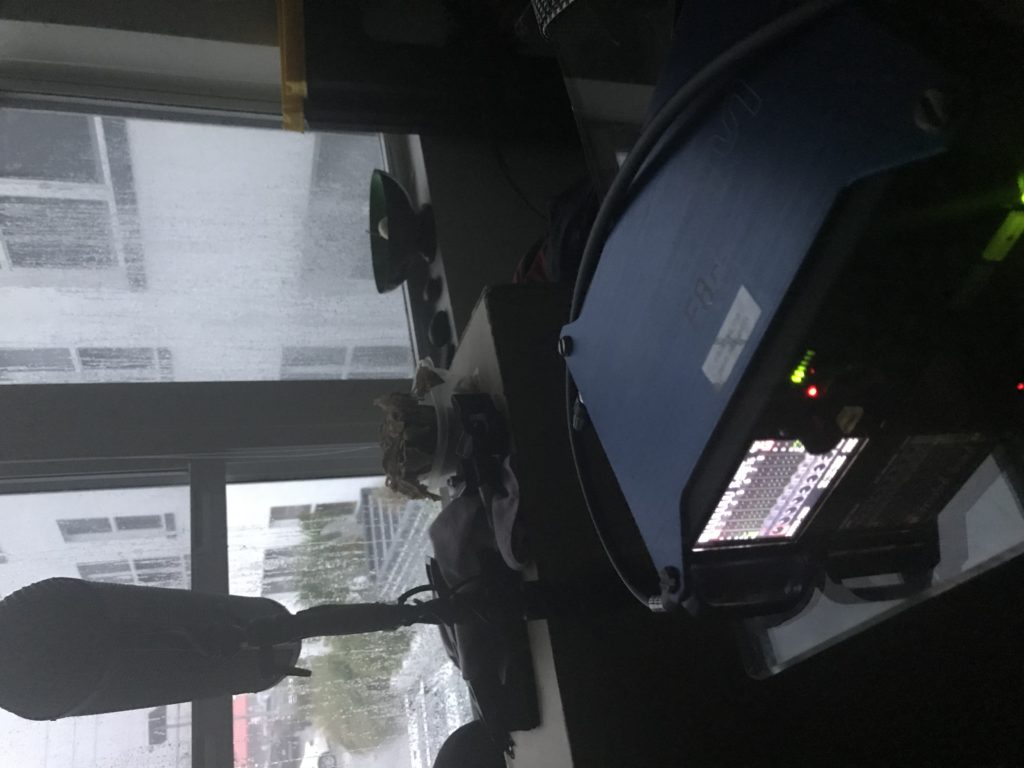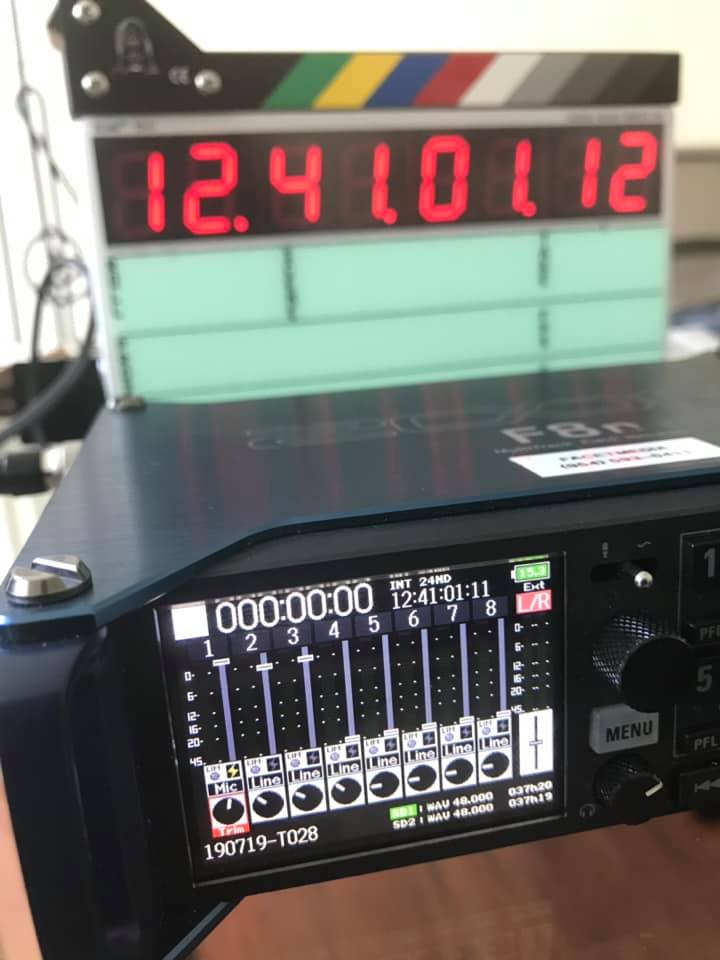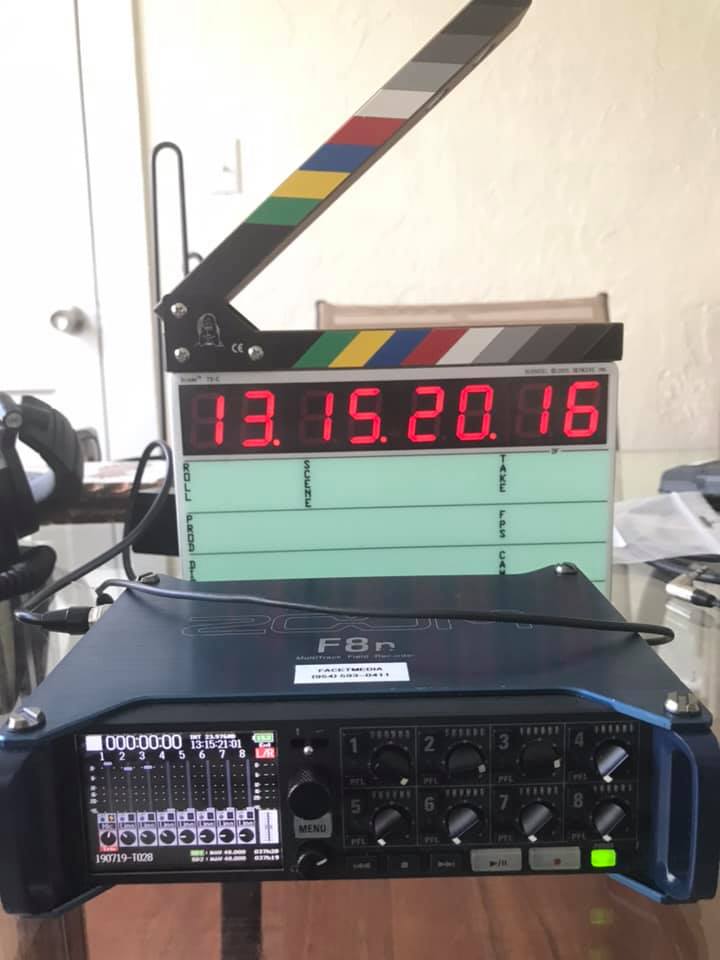Yesterday I was recording the rain with the Sennheiser 416 Shotgun microphone. My position was in the dining room with the window cracked a little. A guy on a bicycle came into our parking area. I could hear the squeaking of the bicycle as he pulled in. This was at a distance of about 60 feet. Then he also said something that was picked up also. Another person walks by near the window with an umbrella and I could hear the distinct sound of the rain hitting his umbrella. All in all it was a wonderful sensory space to be in. Love the rain… made a 30 minute recording which captured the thunder and also some city traffic.
I plan to listen more. Trying to know the nature of the Mic by experience. One things for sure… it has great focus at distance. I did use a pretty strong high pass filter at the maximum 240 hertz to remove much of the low end rumbling. Fortunately I also had the advanced limiter on… which I could see hit the peak a few times when the thunder rolled in. Took off the wind screen also and immediately noticed the difference with a higher climb in the decibels… probably around a 10db gain.
Delving into sound I think is making me a better cinematographer. Our main sensory realms emotionally are often based on sound. The sounds that make a baby fall to sleep for example. This is often from an emotional point of view an auditory realm rather than visual. So an emotional auditory space is important to be conscious of. I know I sure felt a sense of peace listening to the rain amplified. A little cozy space. Which brings back many memories of childhood.
So the moral of the story is to remember that sound is at least half the picture… and from an emotional point of view way more than half. Respect the sounds… cinematography shouldn’t be about the greatest cameras, lenses and motion control… with no or little regards to sound.


